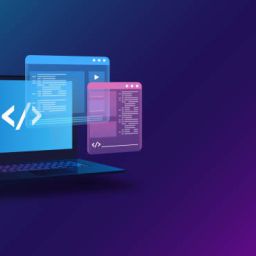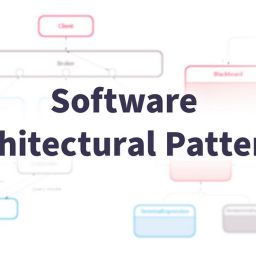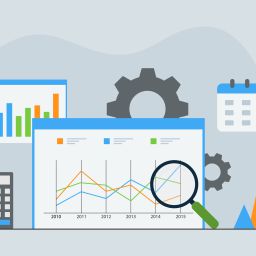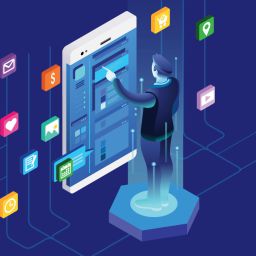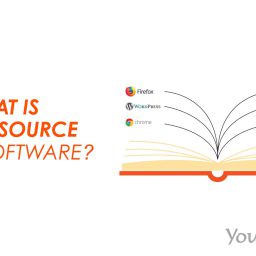
In the rapidly evolving landscape of technology, future-proofing software is not just a goal; it’s a necessity. LeMeniz, a leader in software solutions, employs strategic approaches to ensure that the software they develop remains relevant, adaptable, and resilient in the face of technological advancements. In this exploration, we unveil the strategies employed by LeMeniz for future-proofing software and staying ahead in a dynamic industry.
Understanding Future-Proofing in Software Development:
Future-proofing involves anticipating and mitigating the challenges that may arise due to technological advancements, changes in user behavior, or shifts in the business landscape. It’s about building software that can adapt, scale, and integrate seamlessly with emerging technologies.
LeMeniz’s Strategies for Future-Proofing Software:
- Agile Development Methodology:LeMeniz embraces an agile development methodology, breaking down projects into iterative cycles. This approach allows for flexibility and the ability to incorporate changes swiftly. It ensures that software can be adapted to evolving requirements and technologies during the development process.
- Scalable Architectures:Scalability is a core consideration for LeMeniz. They design software architectures that can scale horizontally or vertically to accommodate increased loads and user demands. This scalability ensures that the software can grow with the business and handle future increases in data and user traffic.
- Modular and Decoupled Components:LeMeniz modularizes and decouples software components. This modular architecture allows for the independent development and deployment of different modules. It simplifies updates, replacements, or additions to specific features without affecting the entire system, making it easier to integrate new technologies.
- Adoption of Emerging Technologies:Rather than resisting change, LeMeniz actively explores and adopts emerging technologies. Whether it’s integrating AI, blockchain, or the latest programming languages, staying abreast of technological trends ensures that their software remains cutting-edge and adaptable to industry shifts.
- Continuous Integration and Continuous Deployment (CI/CD):CI/CD practices are integral to LeMeniz’s software development pipeline. Automation of testing, integration, and deployment processes allows for frequent updates and releases. This not only accelerates time-to-market but also facilitates the rapid integration of new features or technologies.
- Open-Source Contributions and Utilization:LeMeniz actively participates in the open-source community. They contribute to open-source projects and leverage existing open-source technologies in their development processes. This collaborative approach ensures that the software benefits from a wider pool of expertise and remains adaptable to industry changes.
- Security-First Approach:Security is a cornerstone of future-proofing. LeMeniz adopts a security-first approach, implementing robust security measures throughout the development lifecycle. Regular security audits, code reviews, and adherence to best practices safeguard the software against evolving cybersecurity threats.
- User Feedback Loops:LeMeniz establishes continuous feedback loops with users. User feedback is invaluable for understanding evolving needs and preferences. Regularly incorporating user insights ensures that the software aligns with user expectations and remains relevant in a changing landscape.
- Documentation and Knowledge Transfer:Thorough documentation is a priority for LeMeniz. Clear documentation facilitates knowledge transfer among team members and ensures that future developers can understand, maintain, and extend the software. This practice safeguards against knowledge silos and personnel changes.
- Legal and Compliance Considerations:LeMeniz places importance on legal and compliance considerations. They stay informed about changes in regulations and compliance standards, ensuring that the software adheres to legal requirements. This foresight minimizes the risk of disruptions due to legal issues.
Conclusion:
LeMeniz’s strategies for future-proofing software go beyond mere adaptation; they embody a proactive approach to innovation and resilience. By embracing agility, scalability, emerging technologies, and a user-centric mindset, LeMeniz ensures that their software not only meets current needs but is well-positioned to navigate the challenges of tomorrow’s technological landscape. In a world where change is constant, LeMeniz’s commitment to future-proofing sets a standard for software development that is robust, flexible, and ready for whatever the future may bring.



